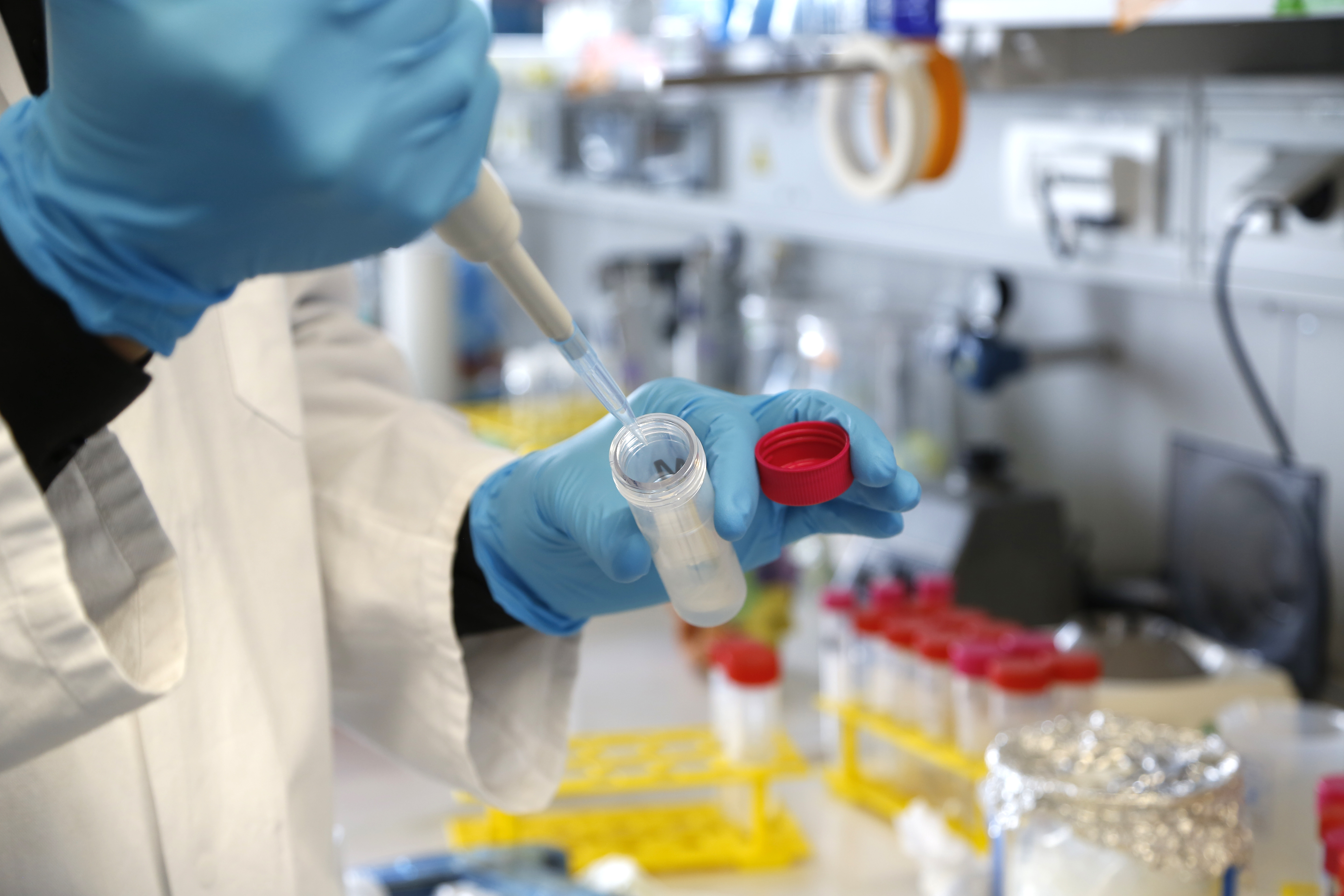FAQ
Which inventions can be patented?
Can be protected by a patent:
- Products, e.g. a chemical substance, a machine, a tool, an electrotechnical circuit
- Uses of these products
- Methods, e.g. manufacturing, screening, diagnostic procedures
Furthermore, especially in the field of biotechnologies:
- Substances, devices and articles for therapeutic or diagnostic use: drugs, antibodies, hormones, etc.
- Sequences of genes indicating the function and the commercial use, e.g. enzymatic activity, for analysis (genetic markers), for medical use (siRNA, gene therapy)
- Living beings, e.g. genetically modified microorganisms, transgenic plants or animals, cell lines, stem cells.
Not patentable (at least in Europe):
- Discoveries, scientific theories
- Inventions that violate public order or morality
- Plant varieties or animal species
- Remedies
- Method for cloning humans
- Use of human embryos for commercial purposes
What are the requirements for the patentability of an invention?
An invention is patentable under the Patents Act (PatG) if it is
- new, meaning the essential aspects of the invention may not be known to the public by the date of first filing,
- based on an inventive step, meaning the invention cannot be deduced in an obvious manner from a combination of the known state of the art,
- industrially applicable and
- technically writeable (technical nature).
Patenting or publishing?
Publications are an essential element in the scientific community. However, as a premature publication hinders the patenting of an invention, you should ensure that your relevant research results are first protected by a patent application. Once this is done, you may publish. There is no need to wait for the patent to be granted. From filing the invention disclosure to the patent application, you should expect a period of time of about three months.
What is a work-related invention?
Every employee of a university, professor, assistant, scientific employee, technician or student assistant, is subject to the Employee Invention Act (Arbeitnehmererfindergesetz). This law distinguishes between free and work-related inventions. An invention is work-related, when the employee makes an invention in the context of his/her activities defined by the university, uses the knowledge already available at the institute or has acquired the knowledge in the context of his/her work at the university.
The rights of the work-related invention are transferred to the university. Students and scholarship holders without an employment contract with the university are not employees and according to the the law considered free inventors.
According to the Employee Invention Act (ArbEG), inventions of employees must be reported to the employer, e.g. the university, immediately, in full and in writing (invention disclosure). The university is obliged to decide, usually within four months, whether to claim or release the invention.
What does the claim of the invention by the university mean?
In case the invention has been claimed, the university believes that the invention should be filed as a patent application and that there are reasonable prospects for successful marketing. INNOVECTIS will then register the invention as a patent application on behalf of Goethe University. The university bears the entire costs associated with a patent proceedings. In addition, everything feasible is set in motion to achieve an economic implementation of the invention.
What does the release of the invention mean?
The release of the invention means that the university has decided not to file a patent application for the invention. The reasons for this decision may be that the legal situation of a patent application for the invention is not ideal, a commercialization is not likely at the present time, or other cost – benefit considerations. The inventors may then decide whether or not to file a patent application at their own expense and risk.
What is the inventor's financial participation in case of a successful commercialization?
According to § 42 (4) ArbEG, the inventors receive 30% of the realized income, before deduction of the patenting costs, as inventor´s gratification.
